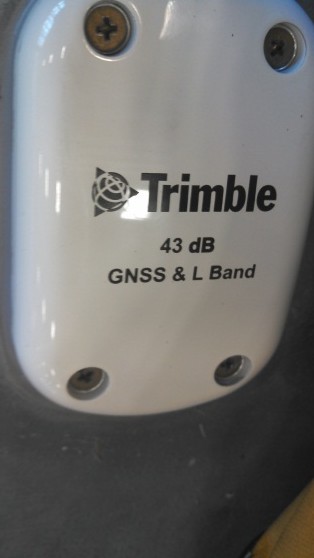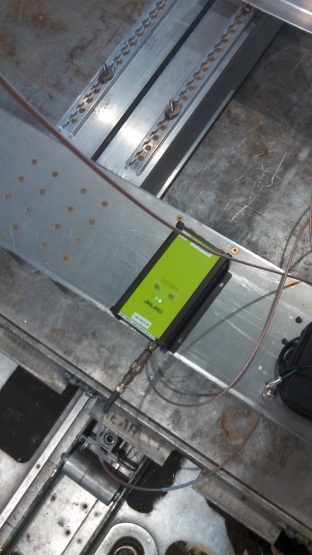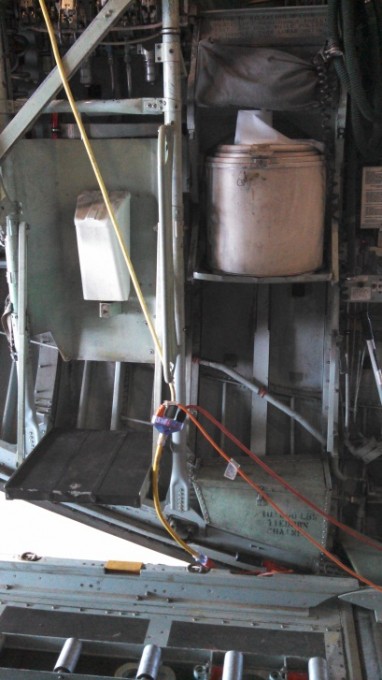In early September, I drove down to Wallops Flight Facility to set up our GPS base station in preparation for the test flight. The test flight is to verify that everything is working as expected, and to do some calibration, since the C-130 is a new platform for the Land, Vegetation, and Ice Sensor (LVIS). LVIS gathers data by sending out short laser beam pulses that bounce off the ground and give us the elevation of the terrain. Calibration ensures that we can pinpoint to within an inch where the laser hits the ground. We need to know exactly where the instrument is, and what it is seeing on the ground.
We use GPS receivers both on the ground and in the plane to track the position of the instrument. That’s where I come in. I set up the GPS ground station, which consists of GPS receivers and an antenna. In the field we usually get a rundown shack and we have to set up our own antenna. The Wallops GPS building was luxurious in comparison. It was spacious, air-conditioned, and had a permanent antenna built in, which meant I didn’t have to set up a tripod. I hooked up three ground receivers to the antenna, verified that they were working and started recording data. We do this for up to five days, in order to calculate precisely the location of the ground antenna.
I also tested the GPS antenna on the plane. It’s a different model from the ground antenna and is bolted to the top of the plane. A cable runs down from it so we can hook up the receivers. Just like for the ground receivers, I verify that they are working and recording data correctly.

GPS antenna aboard the C-130
The C-130 is a rugged cargo plane. One of our instrument racks, filled with equipment necessary to operate LVIS, was sitting on the hangar floor outside the plane, waiting to be moved into place and bolted down. I got a look at the current state of the in-flight facilities and took pictures for the team back home. There had been much discussion on the subject since some of our flights may last up to 10 hours. We never imagined we’d be discussing these issues when we were in school! It’s all part of the field work experience.
At the end of the day, I collected and verified the GPS data available and left the ground receivers running. Everything was working as expected, so it was time for me to make the three hour trek back home. No traffic and beautiful scenery made for a pleasant drive.





